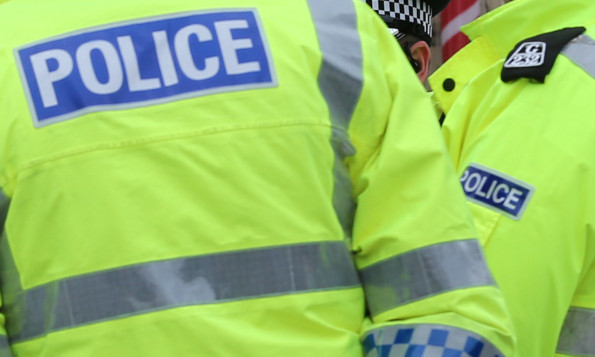Police have not been set a target for the number of stop-and-searches to be carried out, a senior officer has said.
Deputy Chief Constable Rose Fitzpatrick spoke out after it was revealed that in the first three months since Scotland’s new national police force was established, officers carried out a total of 186,463 stop-and-searches.
Ms Fitzpatrick said: “We do not set targets which relate to the quantity of stop-and-search in Scotland. We don’t do that we absolutely do not want those kind of targets set at any level.”
Ms Fitzpatrick, who was speaking at a meeting of the Scottish Police Authority (SPA), stressed the “effectiveness of this very important power”.
A paper produced for Wednesday’s SPA board meeting in Ayr showed that of the 8,261 stop-and-searches carried out in Edinburgh between April 1 and June 30 this year, 20.9% led to officers confiscating illegal items.
“We are taking knives and weapons and drugs and alcohol in the possession of children off the streets,” Ms Fitzpatrick said.
She added that officers carrying out such searches were “engaging with members of the public”.
Ms Fitzpatrick, who is responsible for local policing, said: “It’s not a set of officers who jump out of a van and do stop-and-searches and then go away again.
“It is local officers, talking to people, being present in their communities on their streets, observing behaviour, being aware of the intelligence and engaging people in interactions which lead to searches.”
She said Police Scotland was seeing “most stop-and-searches being done in relation to young men”.
SPA board member Moi Ali raised concerns that “completely innocent” young people were being subjected to police searches.
Ms Fitzpatrick told her the police had “a real responsibility to keep young people safe”, pointing out it is young males who are most likely to be the victims of serious violence.
She said: “My experience of young people is that young people say to me ‘I understand about stop-and-search, I understand why it’s done, and I want you to find the person with the knife in their pocket before I go out for the evening because I don’t want them to use that knife on me’.”
For a special feature on stop-and-search, see Thursday’s Courier or try our digital edition.
